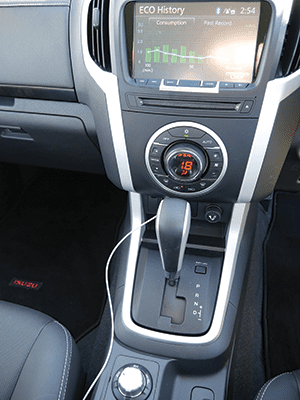
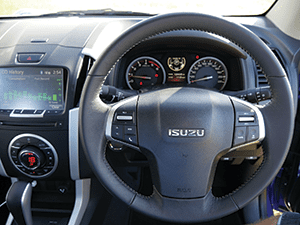

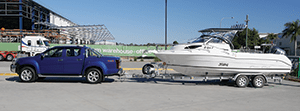
I’M sure plenty of readers, especially those in the trucking industry, are familiar with the Isuzu brand. This name has been synonymous with truck engines for over 100 years, however what you may not be aware of is the brand has also been producing diesel engines for 80 years.
This is a pretty good pedigree in the engine-manufacturing game, especially in the brutal trucking industry. These days the Isuzu badge is becoming more frequently seen on passenger vehicles in the form of the MU-X SUV and D-Max ute.
There’s a good reason for this: the Isuzu brand has recorded double-digit growth over the past 10 years. The company must be doing something right to achieve such growth, so when offered the keys to test the latest D-Max LS-T turbocharged diesel ute, I was more than happy to find out why these vehicles are becoming so popular.
Currently you can choose from six models in the D-Max range, starting with the basic 4×2 single cab chassis through to the top of the range LS-T crew cab, which I had the pleasure of testing. Nothing like top of the range for a test drive!
And to be honest, when initially looking at the ute and then hopping in, it felt more like a luxury car than a work ute. Looks wise, the 18” alloy wheels, fog lights, side rails and roof racks indicated it was ready to tackle a mix of off-road adventures. However, inside you were reminded this ute is also ideal for city driving and commuting, particularly with its central 8” touchscreen audio system, which incorporated satellite navigation, reverse camera, Bluetooth and fuel economy display.
After taking in a few of the features including the leather-accented seats that held my upper body securely, multiple glove boxes and an overall sleek and modern finish, it was time to get on the road. A quick adjustment of the electric side mirrors, which can also be electronically folded away, and I was almost ready to go.
It is worth noting the vision from the driver’s seat was very good and you could easily see out all the windows. I quickly and easily synced my phone to the Bluetooth system and made a call to the better half to see how good the reception was (on the phone; not because I was running late due to work). As I’ve had issues with other systems, I was impressed when Greta indicated the sound clarity was fantastic.
Performance
As mentioned, Isuzu has been making diesel truck engines for years, technology the company has refined and used in this model. It is reassuring to think a truck engine designed for longevity has been detuned to suit a modern-day four-wheel-drive. This is unlike some manufacturers who tune their engines to the nth degree to get the required performance out of them.
In terms of grunt, the three-litre, four-cylinder, double overhead cam turbocharged powerplant delivers a respectable 130kW of power and 430Nm of torque.
While not the biggest numbers in the class, it was ample to squirt off the line at a set of traffic lights and to tow the 685 Cruise Craft around town and on the highway. Though you could feel the boat on the back (any vehicle manufacturer that says you can’t feel over three tonnes on the back is lying), it wasn’t any harder to drive and actually cruised exceptionally well at 80-100km/h.
In addition, I got some great economy figures from the on-board computer while towing, at times holding around 13 litres per 100km at 80km/h.
Isuzu claims about eight litres per 100km for combined fuel consumption, which I don’t think is too far off the mark, and pretty good for a vehicle capable of towing 3.5 tonnes. But it’s not all about fuel numbers, as reliability and longevity are also key points, and with Isuzu’s proven diesel technology, this is where the D-Max stands out.
Given that the company has tested its product for over four million kilometres in a mix of extreme conditions, you know it is built to last.
While you may feel like this is just a spiel, I can assure you it is not, which is proven by Isuzu’s five-year, 130,000km warranty with five years of roadside assist and two years of capped price servicing.
Functionality
When buying a ute, you generally want the best of both worlds in the form of a work truck that doubles as a family vehicle. To do this, you need a vehicle that is tough but also full of features. As mentioned, heaps of functionality is built into the 8” multi-function display, and once you add push-button start, hill-descent control, trailer-sway control, traction control, ABS and electronic brake force distribution, you have a vehicle that is going to meet most people’s needs on and off-road and towing big or small trailers.
Safety
Even though the D-Max is designed to prevent you from having accidents (with some of the above features), Isuzu has added fail-safes to the vehicle including front, side and curtain airbags and pre-tensioning seatbelts. Combine this with an impact-absorbing chassis and a specifically designed cabin shell and you have a vehicle that will protect its occupants if needed.
Summary
Overall, the Isuzu D-Max performed very well in a mix of situations. There was plenty of room for three kids in the back seat (two in car seats), even with my driver’s seat slid a decent way back. While it is a work ute, the D-Max had plenty of mod-cons to appease the tech savvy, while the leather-accented seats were very comfortable.
Priced from about $51,000 for the top-of-the-range LS-T 4×4 crew cab auto, the Isuzu D-Max would be well worth a test drive if you are in the market for a new car. Make sure you jump on the Isuzu website isuzuute.com.au to check out the entire range and find any current specials, as at the time of writing they were offering two years of free scheduled servicing.
 Bush 'n Beach Fishing Magazine Location reports & tips for fishing, boating, camping, kayaking, 4WDing in Queensland and Northern NSW
Bush 'n Beach Fishing Magazine Location reports & tips for fishing, boating, camping, kayaking, 4WDing in Queensland and Northern NSW

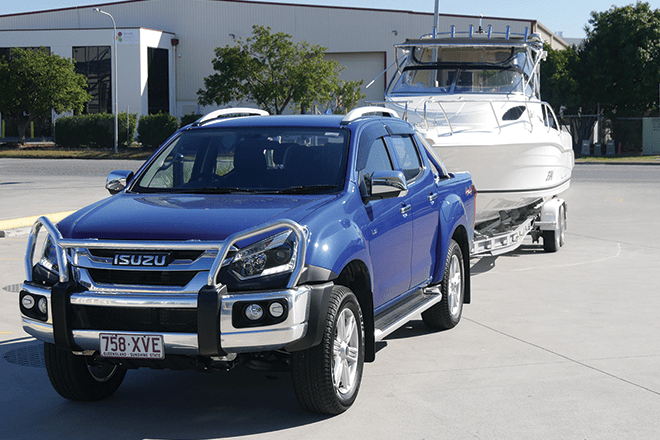




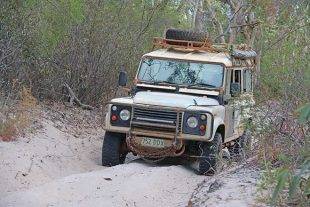
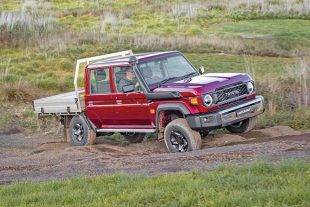
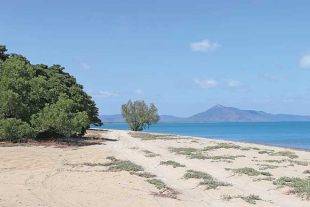

Good reading this article, I have one exactly the same colour and bullbar on order, it will be used for towing, and as a family car, I spent 2 days checking out road test comparisons with other twin cab Utes, and for the money and longevity the Dmax is ahead of Hilux & Nivara & Triton ??